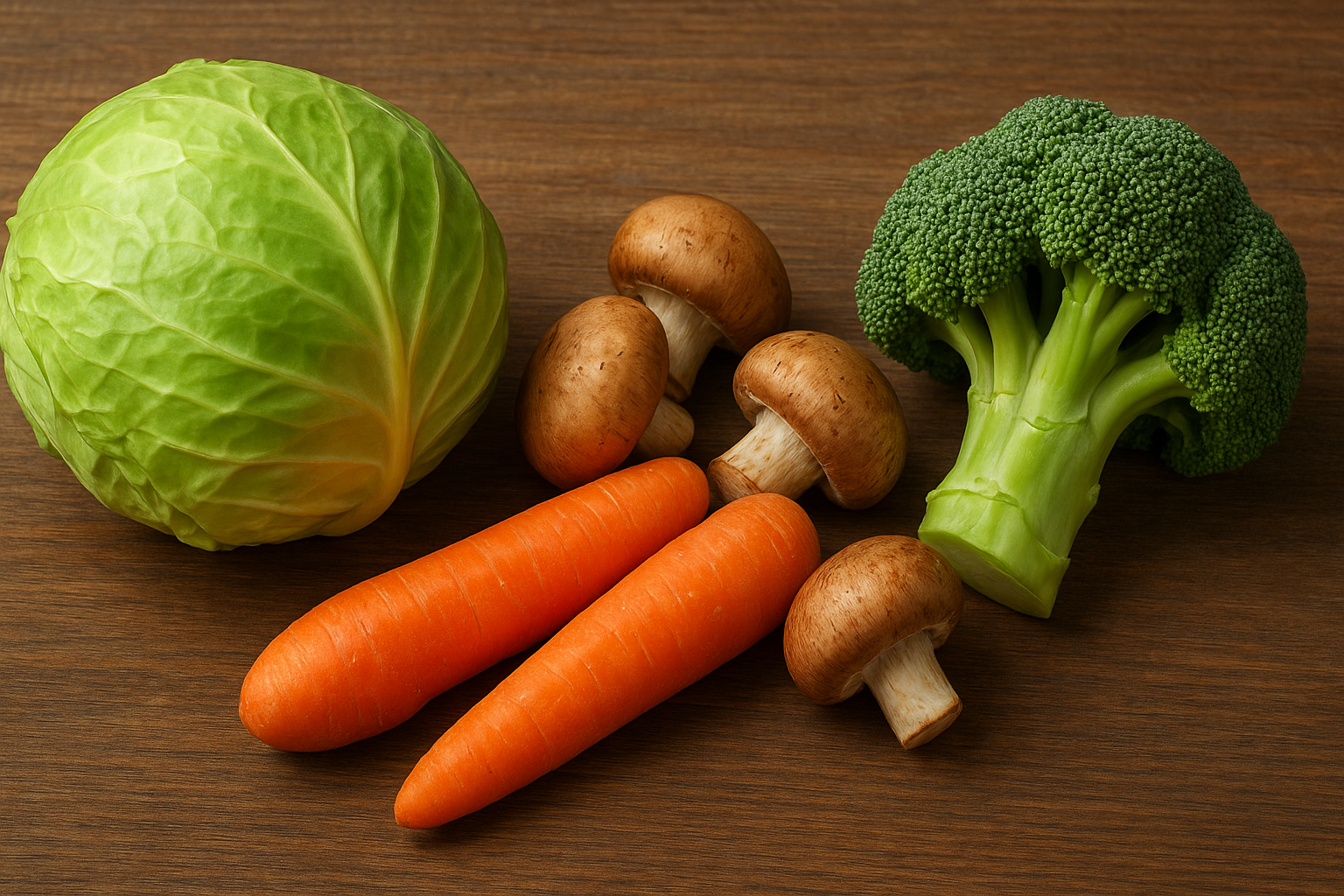1. Ramen: How to Avoid the Worst-Case Scenario
Ramen is a representative food that people with diabetes should avoid due to its refined fried noodles and sodium-packed soup. However, situations may arise, such as social gatherings, where you may have to eat ramen. In such cases, you can use a few methods to slightly reduce its negative impact on blood sugar and health.
2. The Power of Dietary Fiber
– The Principle: Dietary fiber absorbs water in the stomach to form a gel, increasing the time food stays in the stomach and generally slowing down the speed of digestion and absorption.
– The Effect: When you cook ramen, adding plenty of fiber-rich vegetables like cabbage, onions, mushrooms, bean sprouts, and green onions can help. The fiber from the vegetables will delay the rate at which the carbohydrates from the ramen noodles are absorbed as glucose. As a result, this can mitigate the ‘blood sugar spike’ compared to when you eat ramen alone.
3. Additional Tips
– Parboil the Noodles: Boiling the noodles once and discarding the water before cooking them in fresh water can remove some of the excess oil and sodium.
– Use Only Half the Soup Packet: To reduce sodium intake, it is best to use only half or less of the soup packet and adjust the flavor with chili powder or black pepper.
– Add Egg or Tofu: Protein provides satiety and slows gastric emptying, so adding an egg or soft tofu can help with nutritional balance and blood sugar control.
Summary: Adding plenty of vegetables when eating ramen is a good way to help prevent a sharp rise in blood sugar, as the dietary fiber interferes with the rapid absorption of the noodles. Of course, the best choice is not to eat ramen at all, but this is a useful tip when you have to choose the lesser of two evils.


Leave a Reply